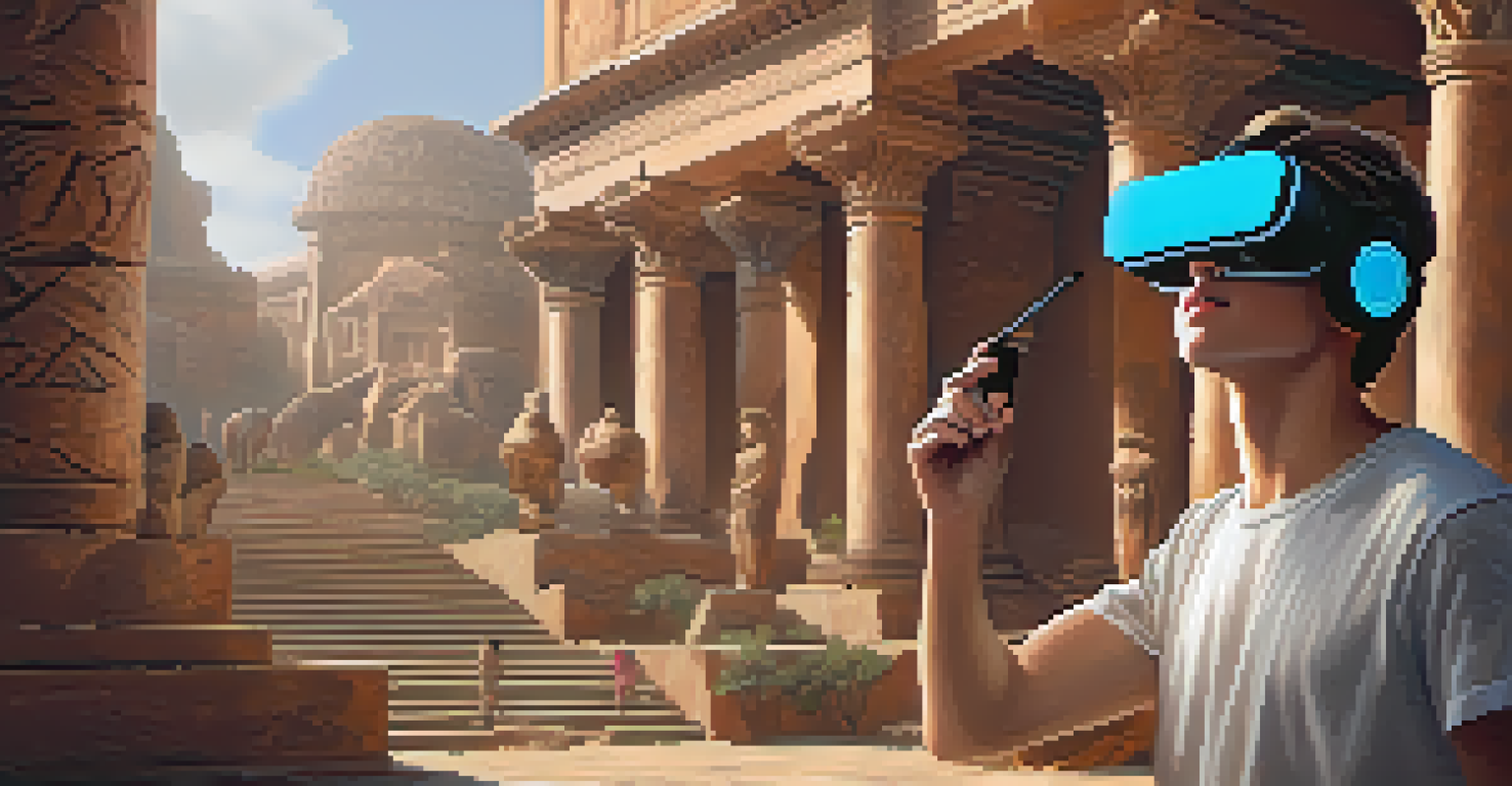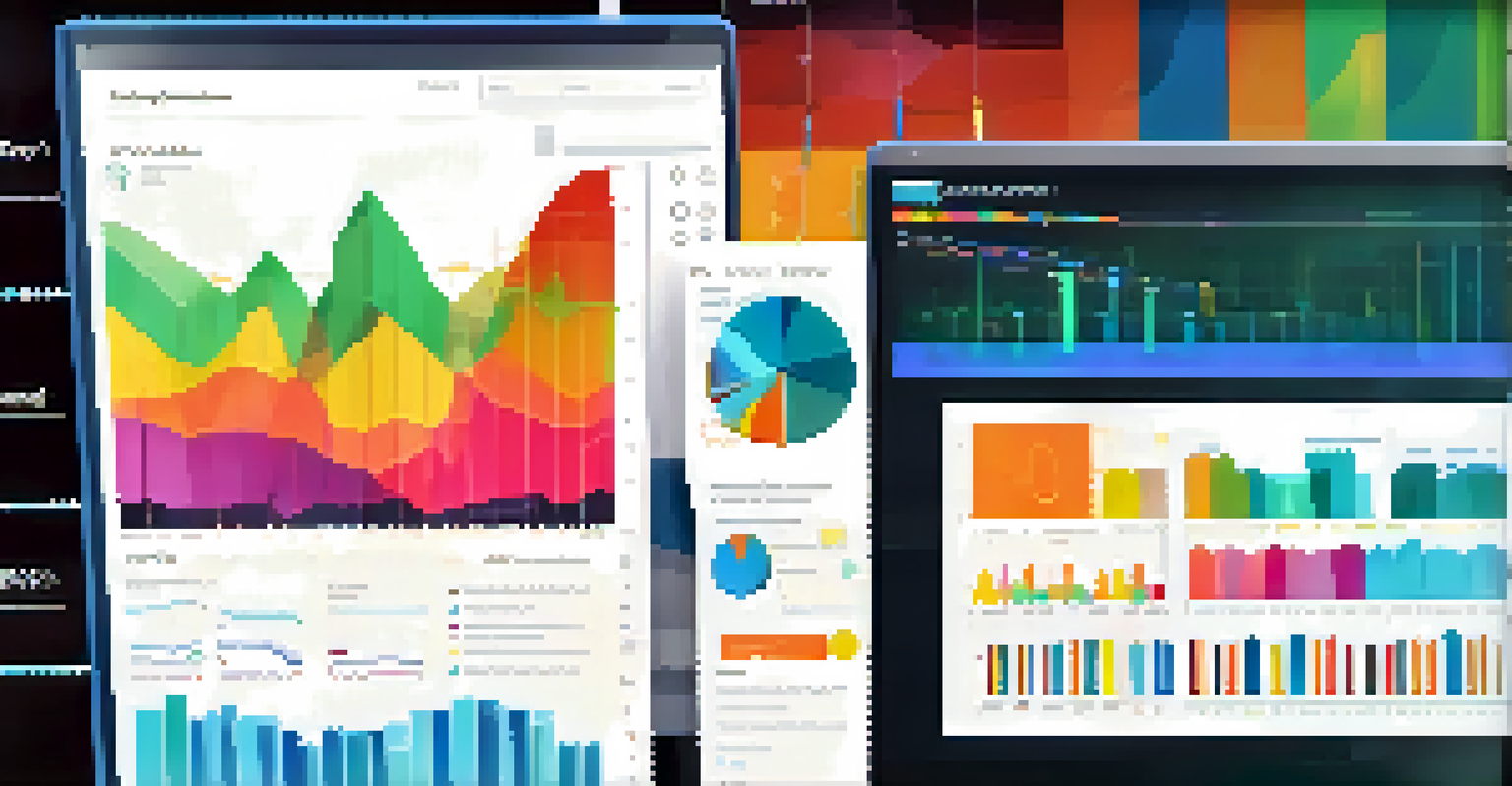Intelligent Tutoring Systems: The Future of Student Support

What are Intelligent Tutoring Systems (ITS)?
Intelligent Tutoring Systems, or ITS, are advanced educational tools designed to provide personalized instruction to students. By leveraging artificial intelligence, these systems can adapt to individual learning styles and paces, ensuring that each student receives tailored support. Imagine having a personal coach who knows exactly what you need to work on and when, guiding you through the learning process.
Intelligent tutoring systems are the future of education, providing personalized learning experiences that cater to each student’s unique needs.
These systems typically analyze a student’s performance in real-time, offering immediate feedback and resources that cater to their unique needs. For instance, if a student struggles with a specific math concept, the ITS can present additional practice problems or alternative explanations. This level of customization helps to keep students engaged and motivated while learning.
ITS are not just about delivering content; they also foster a deeper understanding of subjects. By providing hints, explanations, and encouragement, these systems help students build confidence and independence in their learning journey. As technology continues to evolve, the potential for ITS to revolutionize education becomes even more apparent.
The Benefits of Using Intelligent Tutoring Systems
One of the primary benefits of ITS is the ability to provide personalized learning experiences at scale. Unlike traditional classrooms, where a teacher must cater to numerous students, an ITS can focus solely on the individual learner. This means that students who may need extra help don’t have to feel left behind, as the system is there to support them 24/7.

Additionally, ITS enable data-driven insights into student performance. Educators can access detailed analytics that highlight strengths and weaknesses, allowing them to adjust their teaching strategies accordingly. This data-centric approach helps in identifying patterns and trends in learning, which can lead to more effective educational interventions.
Personalized Learning at Scale
Intelligent Tutoring Systems provide tailored educational experiences, allowing students to receive support that matches their individual learning styles and needs.
Moreover, ITS can foster greater learner autonomy. Students can take charge of their learning, choosing what and when to study based on their needs and interests. This empowerment not only promotes engagement but also encourages lifelong learning habits, essential in today’s fast-paced world.
Challenges in Implementing Intelligent Tutoring Systems
Despite the numerous advantages of ITS, there are challenges to consider. One significant hurdle is the digital divide; not all students have equal access to technology, which can create disparities in learning opportunities. For ITS to be effective, it is crucial to ensure that all students have the necessary tools and internet connectivity.
The greatest benefit of technology in education is its ability to adapt to individual learning styles, making learning more accessible and engaging for everyone.
Another challenge lies in the integration of ITS into existing educational frameworks. Teachers may require training to effectively incorporate these systems into their classrooms. Transitioning from traditional methods to tech-driven approaches can be daunting, but with proper support and resources, educators can harness the full potential of ITS.
Finally, there are concerns about data privacy and security. As ITS gather and analyze student data, it is essential to ensure that this information is protected. Establishing robust privacy policies and transparent practices will help build trust among students and educators, allowing for a smoother implementation of these technologies.
How Intelligent Tutoring Systems Enhance Engagement
Engagement is crucial for effective learning, and ITS are designed to enhance this aspect significantly. By offering interactive exercises and adaptive learning paths, these systems capture students' attention and keep them motivated. Think of it like a video game that adjusts difficulty based on your skill level, ensuring you remain challenged yet not overwhelmed.
Gamification elements, such as rewards and progress tracking, further boost engagement. Students can earn badges or points for completing tasks, making learning feel more like a fun challenge rather than a chore. This playful approach can transform the way students perceive education, turning it into an exciting journey of discovery.
Data-Driven Insights for Educators
These systems generate detailed analytics on student performance, enabling educators to adjust teaching strategies and identify areas for improvement.
Moreover, ITS often provide instant feedback, which is incredibly important for maintaining engagement. When students receive immediate responses to their answers, they can quickly learn from mistakes and celebrate their successes. This continuous loop of feedback helps to create a dynamic and responsive learning environment.
The Role of Teachers in an ITS-Driven Classroom
While Intelligent Tutoring Systems offer immense benefits, they do not replace the crucial role of teachers. Instead, ITS can serve as powerful tools that complement and enhance traditional teaching methods. Educators can focus on facilitating discussions and fostering critical thinking while the system handles personalized instruction.
Teachers can use the insights provided by ITS to identify which students may need extra support or enrichment. This data can inform lesson planning and help educators tailor their instruction to better meet the diverse needs of their students. Essentially, ITS allows teachers to work smarter, not harder.
Moreover, the human element in education is irreplaceable. Teachers bring empathy, understanding, and emotional support that a machine simply cannot replicate. In an ITS-driven classroom, the synergy between technology and human interaction can create a more effective and nurturing learning environment.
Future Trends in Intelligent Tutoring Systems
As technology continues to advance, the future of Intelligent Tutoring Systems looks incredibly promising. One trend to watch is the incorporation of virtual and augmented reality, which could offer immersive learning experiences. Imagine exploring ancient civilizations or conducting science experiments in a virtual lab—all facilitated by an ITS.
Another exciting development is the use of machine learning algorithms to further enhance personalization. As these systems learn from a broader range of student interactions, they will become even more adept at predicting student needs and preferences. This could lead to a more intuitive and responsive learning experience.
Enhanced Engagement Through Interactivity
ITS utilize interactive exercises and gamification elements to keep students motivated and engaged in their learning journey.
Lastly, as education becomes increasingly globalized, we may see ITS that cater to diverse languages and cultures. This adaptability will ensure that students from various backgrounds can benefit from personalized learning experiences, promoting inclusivity and equity in education.
The Impact of Intelligent Tutoring Systems on Learning Outcomes
Research indicates that Intelligent Tutoring Systems can significantly improve learning outcomes. Studies have shown that students using ITS often outperform their peers in traditional settings, particularly in subjects like math and science. The personalized approach fosters deeper understanding and retention of material, leading to better academic performance.
Moreover, ITS have been linked to increased student motivation and engagement. When learners feel supported and challenged at the right level, they are more likely to take ownership of their education. This shift in mindset can lead to higher levels of achievement and a greater desire to learn.

Ultimately, the impact of ITS goes beyond just academic success. By equipping students with the skills to learn independently and adaptively, these systems prepare them for the demands of the modern world. The ability to navigate and utilize technology effectively is a crucial skill in today's job market, making ITS an invaluable asset in education.